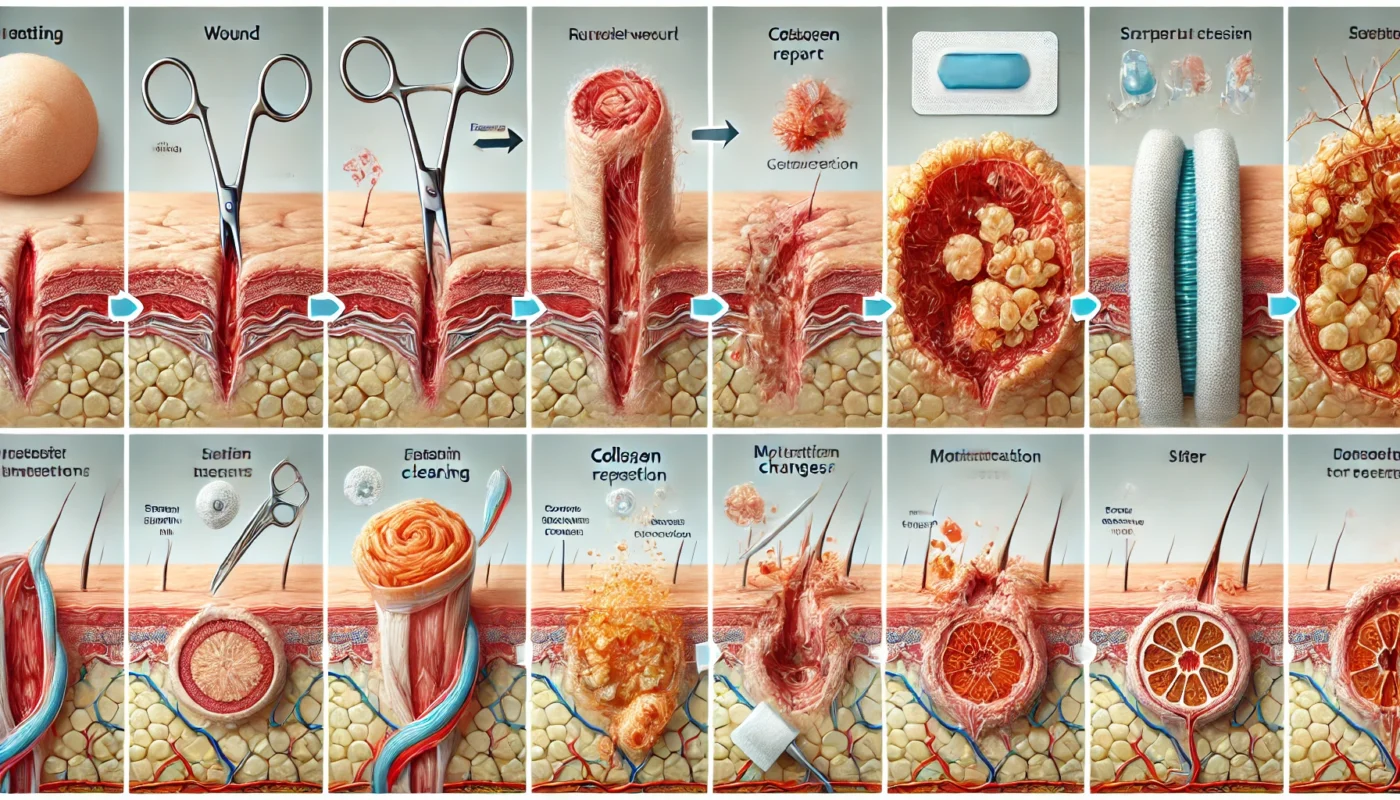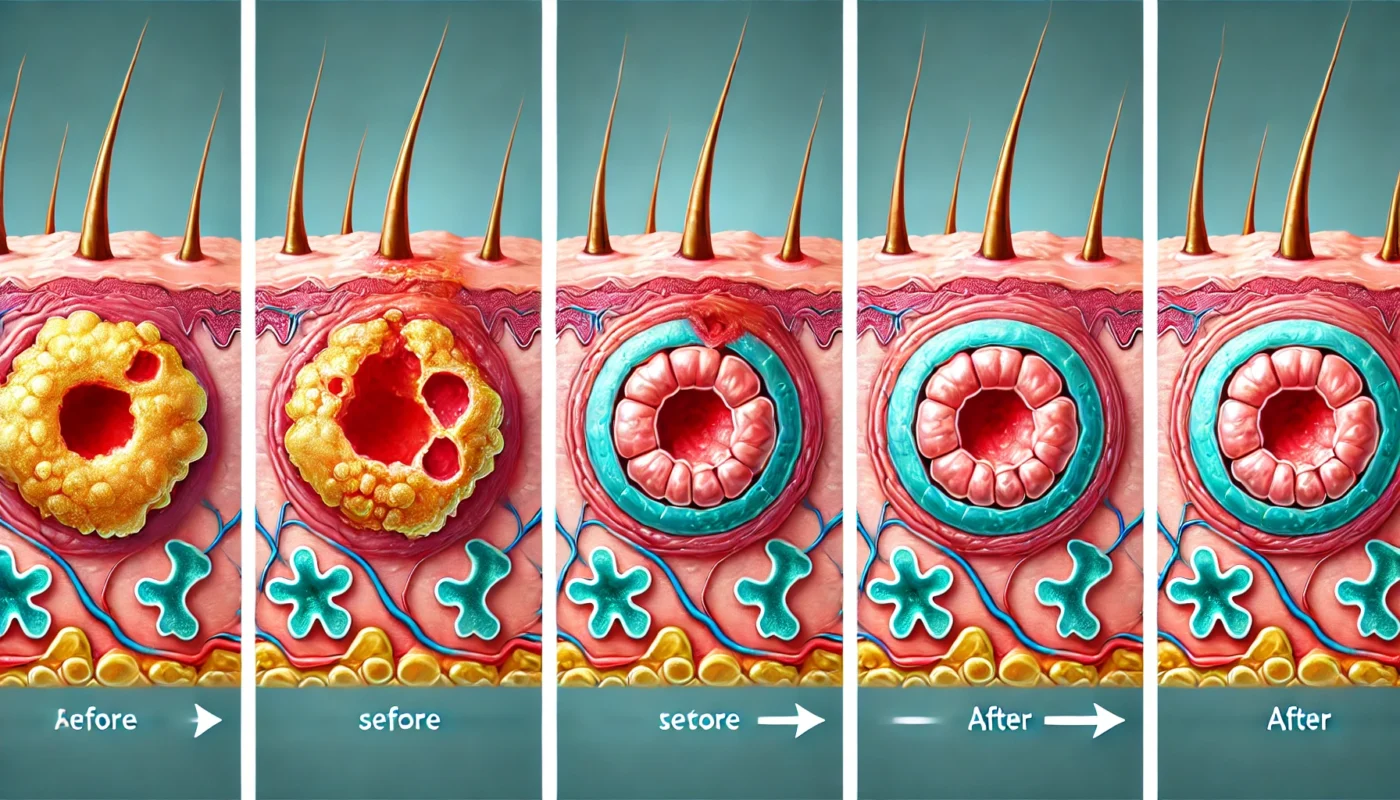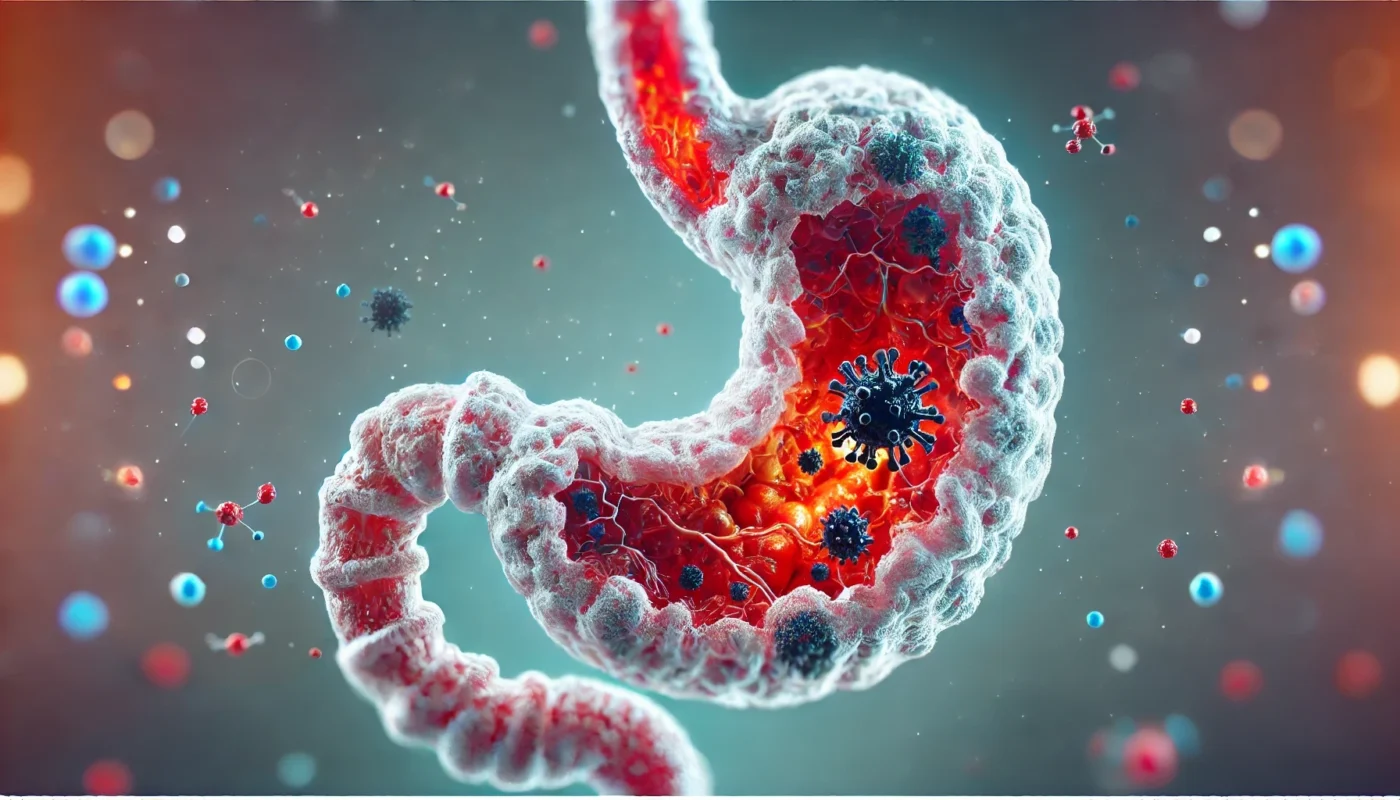In today’s fast-paced world, understanding the nuances between various substances is crucial for making informed health and wellness decisions. Methamphetamine (commonly known as meth) and opioids are two classes of drugs that, despite their potential for misuse, serve different purposes and affect the body in distinct ways. This article aims to dissect these differences and provide a comprehensive understanding of meth vs. opioids.
Tag Archives: Patient Education
In this article, we will explore what constitutes a narcotic, provide a comprehensive list of common narcotic medications, and offer insights into their uses and potential risks.
Painkillers are a common, often necessary component in the management of pain, whether it stems from a minor headache or a chronic condition. However, understanding how these medications work, their effects, and their duration is crucial for making informed decisions about their use. In this article, we delve into the complexity of painkillers, examining whether they might be detrimental, how long one can safely use them, and their role in managing chronic pain.
Opiates are a class of drugs derived from the opium poppy plant, primarily used for their analgesic (pain-relieving) properties. Common opiates include morphine, codeine, and oxycodone. While highly effective for pain relief, they come with a range of potential side effects, particularly concerning the digestive system.
Oxycodone is a potent opioid analgesic, commonly prescribed for managing moderate to severe pain. It works by binding to the mu-opioid receptors in the brain, altering the perception of pain and emotional response to it. As effective as it is, Oxycodone is not without its risks, including potential dependency and a host of side effects ranging from dizziness to respiratory depression.
Surgical incisions are cuts made by a surgeon during an operation to access the area of the body that requires treatment. The healing of these incisions is a complex process influenced by a variety of factors, including the type of surgery performed, the patient’s overall health, and post-operative care practices.
An abscess is essentially a pocket of pus that forms due to an infection. The human body’s response to infection involves sending white blood cells to the affected area, leading to inflammation and the accumulation of pus. This natural defense mechanism aims to isolate the infection and prevent it from spreading.
n today’s fast-paced world, where ailments and injuries are often managed with over-the-counter medications, understanding the implications of exceeding painkiller dosages is crucial. Painkillers, or analgesics, are indispensable for managing pain, but they also come with risks when not used responsibly. This article delves into the dangers of surpassing recommended dosages, offering insights for fitness enthusiasts, health enthusiasts, and medical patients alike.
Autoimmune gastritis, also known as chronic atrophic autoimmune gastritis, is characterized by the immune system’s attack on the stomach’s parietal cells. These cells are responsible for producing hydrochloric acid and intrinsic factor, essential for vitamin B12 absorption. The destruction of these cells leads to a cascade of digestive issues, often resulting in vitamin B12 deficiency and, over time, can cause a form of anemia known as pernicious anemia.
Back pain can stem from a variety of causes, including muscle strain, spinal misalignments, or more serious conditions such as herniated discs or osteoarthritis. Understanding the underlying cause of your back pain is vital in selecting the appropriate healthcare provider. For instance, a muscle strain may be effectively treated by a physical therapist, while a herniated disc might require the expertise of an orthopedic specialist or a neurologist.










